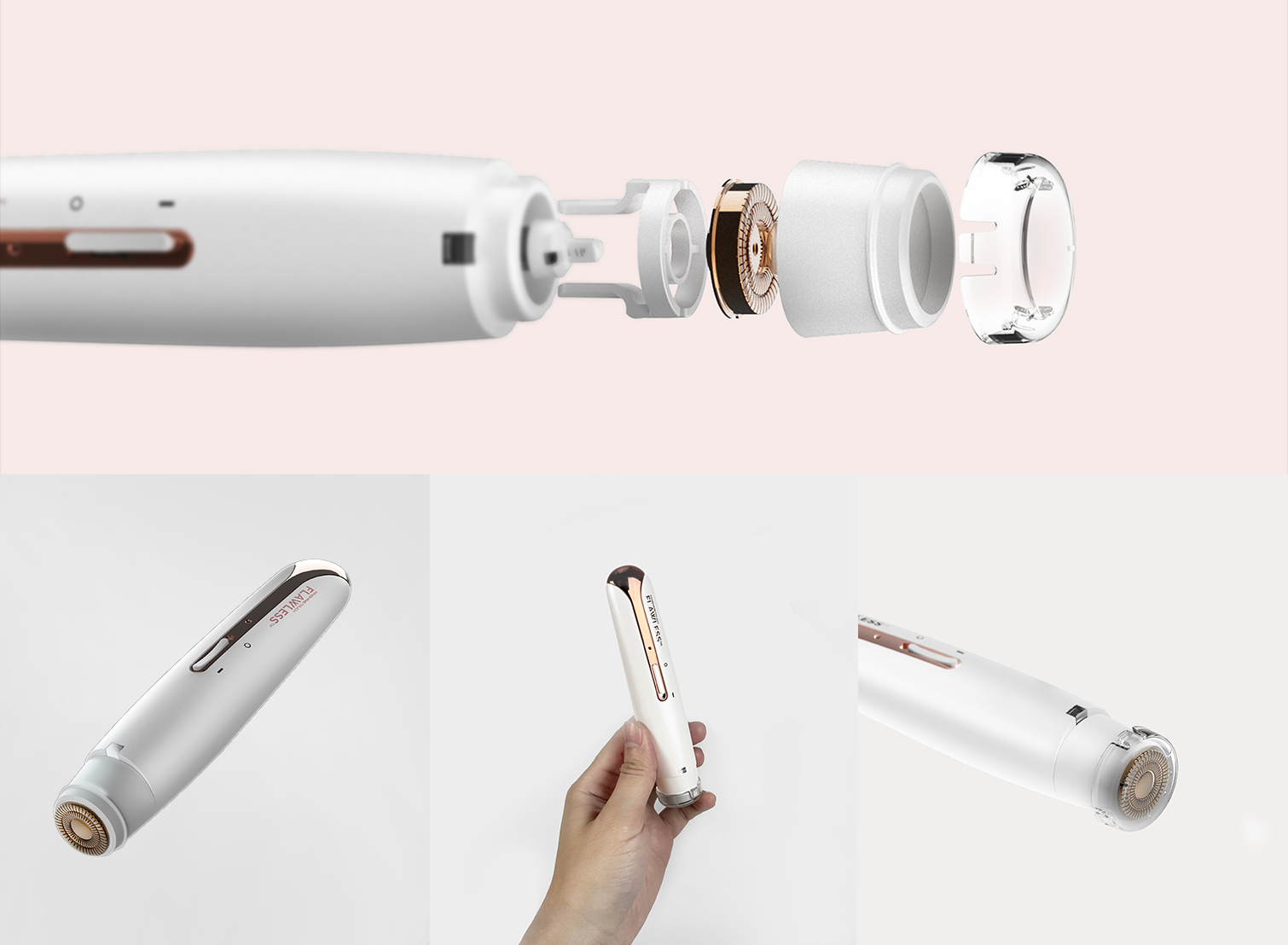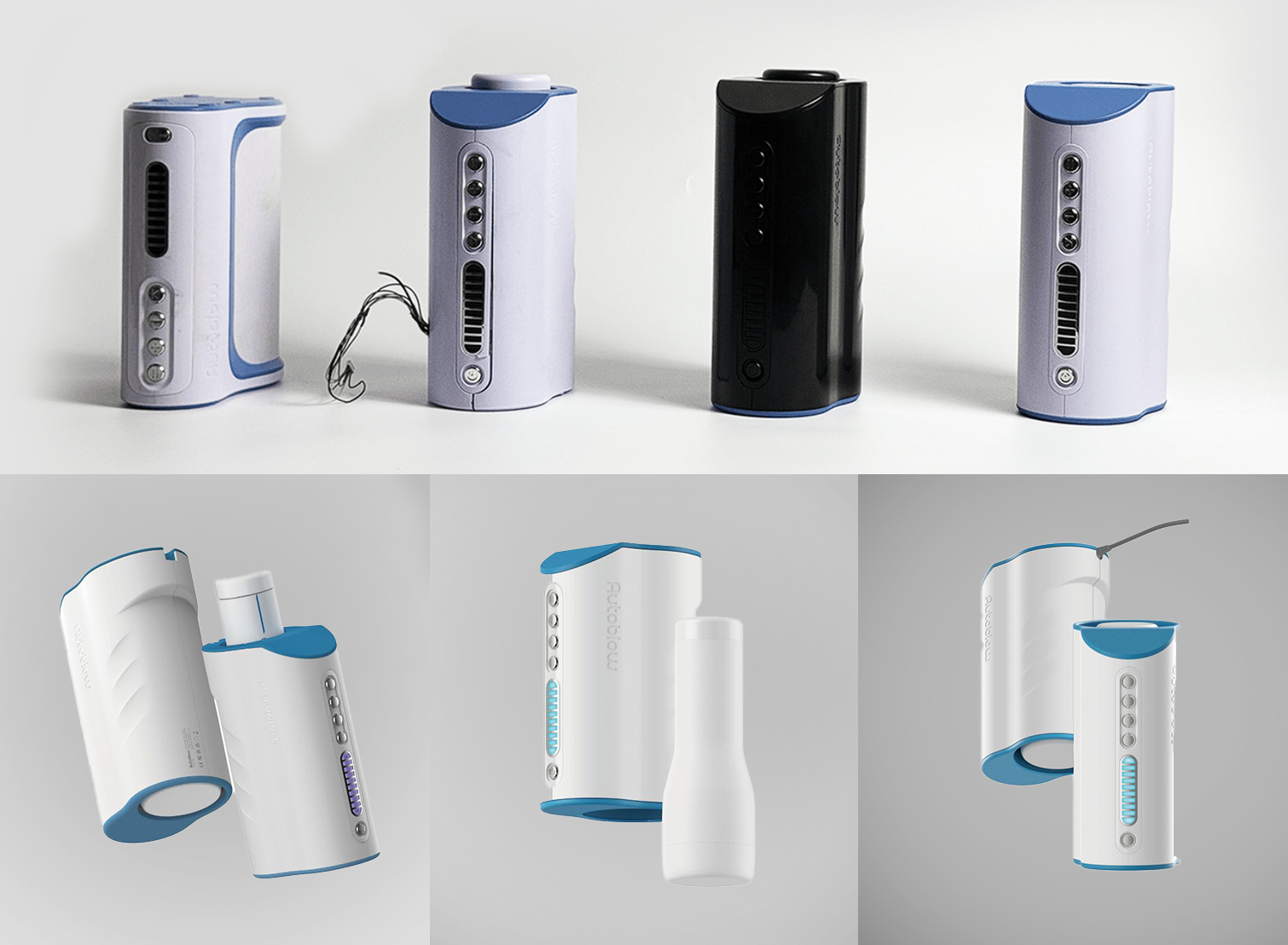How to Find an Overseas Manufacturer and Supplier
Choosing the right overseas manufacturer is crucial for businesses looking to reduce costs, scale production, and access specialized skills. Countries like China and Vietnam offer significant benefits, including lower labor costs and efficient supply chains. However, this decision comes with risks, such as quality control challenges, IP protection concerns, and communication barriers. Careful selection of a reliable overseas partner is essential to balance these benefits with potential risks.
1. Understanding Your Needs
Before seeking an overseas manufacturer, it’s essential to have a clear understanding of your product requirements. This involves defining specific details about what you need, balancing cost versus quality, and considering which region aligns best with your goals.
Product Specifications
Start by outlining the exact specifications for your product. This includes the materials, design complexity, and the quantity you’ll need for each order. For example, ask yourself:
- What materials are necessary for the product, and are they available in the country where I plan to manufacture?
- Does my product require specialized equipment or skills to produce? (e.g., high-precision electronics, customized textiles).
- What is the minimum acceptable production run? Will the manufacturer be able to meet my required volume?
Cost vs. Quality Balance
Next, determine where your priorities lie between cost savings and product quality. Are you willing to pay more for higher quality, or is cutting costs a top priority for your business?
Questions to Ask:
- How important is premium quality for my target market? Will customers notice or care about small reductions in quality?
- What percentage of my budget can be allocated to manufacturing without sacrificing profitability?
- Would I accept slightly longer lead times for better quality control, or is speed more important?
Location Preferences
Different regions specialize in different types of manufacturing, so consider the advantages each region offers. For example, China is known for electronics and large-scale production, while Vietnam excels in textiles.
Questions to Ask:
- Which country has a strong track record for producing products similar to mine?
- Are there regional trade agreements or tariffs that could affect my costs?
- Does the country offer the raw materials or skills necessary for my product?
2. Researching Potential Suppliers
Once you’ve defined your product needs, the next step is finding reliable overseas suppliers. This can be done through several channels, including online platforms, trade shows, and leveraging professional networks.
Online Platforms
Platforms like Alibaba, Global Sources, and Made-in-China are some of the most popular tools for connecting with overseas manufacturers. These platforms allow you to filter suppliers based on your product category, location, minimum order quantity (MOQ), and customer reviews.
How to Use These Platforms:
- Start with a detailed search: Use specific keywords related to your product (e.g., “recycled PET bags” or “high-precision electronics”) to find suppliers that specialize in what you need.
- Evaluate supplier profiles: Look for manufacturers with a high rating, verified status, and a strong track record. Read customer reviews and check how long they’ve been operating.
- Request quotes and samples: Once you’ve shortlisted potential suppliers, request detailed quotes and samples to compare quality and pricing.
Industry Trade Shows and Directories
Attending trade shows or using supplier directories can help you meet manufacturers in person and get hands-on experience with their products.
Key Trade Shows and Directories:
- Canton Fair (China Import and Export Fair) is one of the largest trade shows for various industries, where you can meet suppliers face-to-face and inspect product samples.
- ThomasNet and Kompass are comprehensive online directories that allow you to search for suppliers based on industry, location, and product type.
Benefits of Trade Shows and Directories:
- Direct Interaction: Meeting suppliers in person at trade shows allows for immediate communication and a better understanding of their capabilities.
- Comprehensive Listings: Directories like ThomasNet provide you with a vast list of manufacturers and detailed information about their certifications, production capabilities, and customer feedback.
Networking and Referrals
Your professional network is a valuable resource for finding trusted suppliers. Leveraging LinkedIn groups, industry-specific forums, or asking for referrals from colleagues can help you identify reliable manufacturers who have a proven track record.
How to Leverage Networking:
- Ask for Referrals: Reach out to peers in your industry and ask if they’ve had successful experiences with overseas suppliers.
- Join Industry-Specific Groups: Participate in LinkedIn groups or forums dedicated to your industry, where professionals often share supplier recommendations and experiences.
- Collaborate with Industry Experts: Sourcing agents or consultants can also connect you with trusted suppliers based on their in-depth knowledge of the local manufacturing landscape.
3. Vetting Suppliers
Once you’ve identified potential suppliers, it’s essential to thoroughly vet them to ensure they meet your standards and can reliably deliver quality products.
Supplier Certifications and Standards
One of the first steps in vetting a supplier is confirming their certifications. Look for industry-specific certifications such as ISO (International Organization for Standardization) or CE (Conformité Européenne) to ensure the supplier adheres to global standards for quality management, safety, and environmental responsibility.
Factory Visits or Virtual Tours
Visiting the factory in person or arranging a virtual tour can provide valuable insights into the supplier’s production capabilities, equipment, and quality control processes. These visits help you assess the factory’s professionalism, working conditions, and whether they can meet your production needs.
Checking Supplier Reputation
Verifying a supplier’s reputation is essential to mitigate risks and ensure reliability. Here are some tips and key questions to help you assess a supplier’s credibility:
Tips for Checking Supplier Reputation:
- Research Online Reviews and Testimonials:
Look for reviews on platforms like Alibaba, Global Sources, or industry-specific forums. Be sure to read both positive and negative feedback to get a balanced perspective on the supplier’s performance. - Ask for References:
Request a list of current or previous clients who can provide honest feedback on their experience working with the supplier. Contacting these clients directly will give you firsthand information on the supplier’s reliability and product quality. - Review Company History:
Look into how long the supplier has been in business and their growth trajectory. A well-established supplier with a stable business history is often a safer choice than a newer, unproven company. - Check Certifications and Memberships:
Suppliers who belong to trade associations or have industry-specific certifications (ISO, CE) often demonstrate higher levels of professionalism and adherence to quality standards. - Perform a Credit Check:
Use services like Dun & Bradstreet to assess the supplier’s financial stability. A credit check can help you determine whether the supplier is financially healthy and capable of fulfilling large orders. - Review Litigation History:
Search for any past legal disputes or intellectual property infringements associated with the supplier. A history of litigation could be a red flag regarding ethical or business practices.
Key Questions to Ask When Checking Supplier Reputation:
- How long have they been in business, and what industries do they specialize in?
- Can they provide references from other companies that have worked with them?
- What do other clients say about their responsiveness, communication, and quality control?
- How do they handle disputes or product defects?
- Are they members of any trade associations or do they hold any relevant certifications?
- Have they faced any legal issues, such as intellectual property disputes, in the past?
- Do they have a history of meeting production deadlines and managing logistics effectively?
4. Requesting Samples and Quotes
Requesting samples and obtaining detailed quotes are key steps in evaluating a supplier’s capabilities and ensuring their pricing aligns with your business needs.
Product Samples
Requesting samples is essential for assessing the quality of the products the supplier can deliver. Samples allow you to physically inspect the materials, craftsmanship, and overall product consistency. It helps you confirm whether the supplier can meet your quality standards before committing to a large order. Additionally, samples give you a chance to test the product’s durability and functionality.
Detailed Quotes
When requesting a quote, ensure you ask for a breakdown of all costs involved in the production process. This includes:
- Production costs: The cost per unit for manufacturing your product.
- Shipping costs: Costs for shipping the product from the manufacturer’s location to your warehouse or destination.
- Taxes and tariffs: Any applicable import/export taxes or tariffs that could affect the total cost.
- Additional fees: Other potential charges, such as packaging, labeling, or customization.
A detailed quote allows you to compare prices from different suppliers and make informed decisions based on total costs rather than just the unit price.
MOQ (Minimum Order Quantity)
Understanding the supplier’s Minimum Order Quantity (MOQ) is crucial, as it directly affects pricing and your relationship with the supplier. The MOQ is the smallest quantity of products the supplier is willing to produce in a single order. Suppliers may offer lower prices for higher quantities, but this can require significant upfront investment.
Key considerations:
- Can you meet the MOQ? If the MOQ is too high for your business, it may not be feasible to work with that supplier.
- Price breaks: Some suppliers offer discounts for larger orders, which can reduce your per-unit cost.
- Impact on supplier relationship: Consistently ordering close to or above the MOQ can strengthen your relationship with the supplier, leading to potential perks such as faster lead times or better pricing in the future.
5. Navigating Communication Barriers
Effective communication is key when working with overseas suppliers, and language or cultural differences can often lead to misunderstandings. By focusing on clear communication, using intermediaries when needed, and setting explicit expectations, you can minimize these barriers.
Clear Communication
Overcoming language and cultural differences starts with clarity. Avoid jargon, idioms, or overly complex language in your communications. Simple, straightforward instructions and clear product specifications help ensure both parties are on the same page. Additionally, be mindful of cultural differences in business etiquette—what may be considered polite in one culture could be misunderstood in another. Open, respectful communication fosters trust and understanding between you and the supplier.
Using Interpreters or Sourcing Agents
Working with sourcing agents or interpreters can significantly improve communication and negotiation outcomes, especially when dealing with suppliers in regions where English proficiency is lower. Sourcing agents can act as intermediaries, helping to translate both language and cultural nuances, ensuring your requirements are fully understood. They can also negotiate better pricing and terms on your behalf.
Setting Clear Expectations
To avoid any confusion, it’s critical to set clear expectations from the outset. This includes specifying:
- Timelines: Clearly outline production schedules, lead times, and delivery dates.
- Quality Standards: Provide detailed product specifications and quality control requirements to ensure consistent production.
- Payment Terms: Be explicit about payment schedules, methods, and any associated penalties for delays or issues.
Partnering with a global team experienced in cross-cultural communication can ease these challenges. Gizmospring has the expertise to bridge language gaps and keep your project on track smoothly.
6. Ensuring Quality Control
Maintaining consistent product quality is essential when working with overseas manufacturers. To avoid costly mistakes, it’s crucial to implement a robust quality control system, whether through third-party inspections, local representatives, or a well-defined quality assurance plan.
Third-Party Inspection Services
Using third-party inspection companies such as SGS or Bureau Veritas allows you to monitor production remotely. These companies specialize in inspecting the production process, materials, and final products to ensure they meet your specifications. They can perform audits at various stages of production, providing an unbiased report on the quality and adherence to standards. This can help catch issues early, preventing defects and delays.
On-Site Representatives
Hiring a local representative to conduct regular factory visits and inspections can be an invaluable asset. On-site representatives act as your eyes and ears on the ground, ensuring that the manufacturer follows your guidelines and quality standards throughout production. They can conduct real-time quality checks, address issues immediately, and maintain open communication with the manufacturer, reducing the risk of misunderstandings and costly errors.
Creating a Quality Assurance Plan
A clear Quality Assurance (QA) plan is vital for remotely managing product quality. Outline the specific quality standards your product must meet and develop a process for reviewing and approving each stage of production. Include key checkpoints where samples are reviewed, inspections are conducted, and issues are resolved. This plan should also specify the consequences for not meeting quality standards, such as requiring the supplier to correct defects or offering discounts on future orders. Regular communication with the manufacturer, along with clear documentation of quality expectations, will help maintain product consistency.
7. Managing Logistics and Shipping
Successfully managing logistics and shipping is crucial when working with overseas manufacturers. Understanding the different shipping methods, customs regulations, and the role of freight forwarders can help streamline the process and avoid costly delays.
Shipping and Customs
When shipping products from overseas, businesses generally choose between air freight or sea freight:
- Air Freight: Faster but more expensive, air freight is suitable for high-value, time-sensitive goods. Lead times can be as short as 3-7 days, but costs are significantly higher, especially for bulky or heavy items.
- Sea Freight: Slower but more cost-effective, sea freight is ideal for large, non-urgent shipments. Lead times typically range from 20-40 days, depending on the distance between the countries involved. However, it is much cheaper per unit, making it suitable for bulk orders.
Customs regulations vary by country and may include duties, tariffs, and inspections, which can cause delays. Properly preparing documentation and working with reliable partners helps minimize these risks.
Tariffs and Taxes
Import duties, tariffs, and taxes can add significant costs when shipping internationally. These costs are determined by:
- Product type: Certain categories, such as electronics or textiles, may be subject to higher tariffs.
- Country of origin: Trade agreements or tariffs between the exporting and importing countries can influence the overall cost.
- Customs valuation: This is the assessed value of the goods by customs, which affects the duties charged.
Understanding these costs in advance helps avoid unexpected fees and ensures accurate pricing for your products. Be sure to research the specific customs duties and tariffs for the countries involved and factor these into your logistics plan.
Freight Forwarders
Freight forwarders specialize in managing the logistics of international shipping, acting as intermediaries between you and the various parties involved, including carriers and customs officials. They offer several key benefits:
- Streamlining the Process: Freight forwarders handle all aspects of the shipping process, from organizing transportation to managing customs clearance and ensuring compliance with regulations.
- Cost Efficiency: By consolidating shipments from multiple clients, freight forwarders can often secure better rates for transport and reduce your overall shipping costs.
- End-to-End Management: Freight forwarders oversee the entire process, ensuring your products are delivered on time and minimizing the risk of delays or lost shipments.
Using a freight forwarder can simplify complex logistics, making it easier to manage large-scale shipments from overseas suppliers, especially if you’re unfamiliar with international shipping regulations.
8. Intellectual Property Protection
When working with overseas manufacturers, safeguarding your intellectual property (IP) is critical to prevent theft, misuse, or unauthorized replication of your designs and technology. Taking proactive legal and strategic steps can minimize these risks.
NDAs and Contracts
One of the first steps to protecting your IP is to put legal agreements in place, specifically:
- Non-Disclosure Agreements (NDAs): An NDA prevents the manufacturer from sharing your designs, technology, or any proprietary information with third parties. It ensures confidentiality throughout the production process.
- Supplier Contracts: A well-drafted supplier contract should include clear clauses on IP ownership, specifying that all designs, prototypes, and production materials belong to you. It should also outline consequences if the manufacturer breaches the agreement, including financial penalties or termination of the partnership.
Having both documents in place provides a legal foundation to protect your intellectual property.
Patent and Trademark Registration
To further protect your IP, it’s important to register patents and trademarks in the country where your product will be manufactured, not just your home country. Many regions, including China, operate on a “first-to-file” basis, meaning the first person to register a patent or trademark has ownership rights.
- Patents: Protects your inventions or unique processes.
- Trademarks: Safeguards your brand name, logo, or distinctive symbols.
By registering your IP in the manufacturer’s country, you gain legal standing to enforce your rights if someone tries to copy or infringe upon your product or brand.
IP Protection Strategies
Aside from legal agreements, there are practical strategies to protect your intellectual property during production:
- Divide Production Across Multiple Suppliers: Rather than having one manufacturer produce the entire product, you can split the production process among several suppliers. This way, no single supplier has access to the full product design.
- Limit Access to Sensitive Information: Only share the minimum amount of information necessary with the supplier. For example, if certain components or proprietary technology are not essential for production, keep that information in-house.
- Conduct Regular Audits: Perform random or scheduled audits of your manufacturer’s production facilities to ensure compliance with IP agreements and quality standards.
- Partner with Trusted Suppliers: Choose manufacturers with a strong reputation for ethical business practices. Long-term relationships with trusted suppliers can reduce the risk of IP theft.
9. Building Long-Term Relationships
Establishing and nurturing a long-term relationship with your overseas supplier is key to maintaining quality, ensuring consistent production, and streamlining your supply chain. A solid partnership allows for better communication, smoother operations, and mutual trust.
Consistent Communication
Maintaining regular communication with your supplier is essential for a successful long-term relationship. Frequent check-ins help to:
- Address any production issues promptly.
- Ensure that timelines and quality standards are being met.
- Discuss any changes in product specifications or order sizes.
By scheduling regular video calls, emails, or site visits, you can stay updated on the status of your orders and build rapport with your supplier. Open, clear communication helps prevent misunderstandings and fosters a sense of partnership.
Collaborative Partnerships
A successful supplier relationship goes beyond just transactional exchanges. To foster collaboration:
- Involve your supplier in the design and development process. They may offer valuable insights on materials, production techniques, or cost-saving measures.
- Be transparent about your long-term goals and work together to find solutions for challenges, such as scaling production or improving efficiency.
- Show appreciation for good performance. Recognizing the supplier’s efforts can lead to a more motivated partnership and even preferred pricing or terms.
Building a collaborative relationship ensures that both parties are invested in each other’s success, leading to better outcomes over time.
Reassessing Your Supplier
While building a long-term relationship is important, it’s equally crucial to reassess your supplier if standards start slipping. Red flags that may signal the need for a new supplier include:
- Frequent delays in production or shipping.
- Declining product quality or failure to meet agreed-upon specifications.
- Lack of responsiveness or poor communication.
If these issues persist despite attempts to address them, it may be time to consider switching suppliers. Regularly evaluating your supplier’s performance ensures that they continue to meet your business’s needs and maintain high standards.
Building Long-Term Partnerships with Gizmospring
At Gizmospring, we take pride in building long-term relationships with our clients, many of whom we’ve worked with for over a decade. Our focus on consistent communication, transparency, and mutual growth ensures that we are more than just a supplier—we become a trusted partner in your business’s success. By collaborating closely with our clients, we help them achieve their production goals while maintaining high standards of quality and efficiency.
Final Thoughts on Finding and Building Relationships with Overseas Manufacturers
Finding and vetting the right overseas manufacturer involves a thorough and thoughtful process. From defining your product needs and researching potential suppliers to vetting for quality and managing logistics, every step plays a critical role in ensuring a successful partnership.
By conducting due diligence, setting clear communication expectations, and prioritizing long-term relationships, you can mitigate risks and foster strong supplier collaborations. It’s essential to strike a balance between cost savings, product quality, and operational efficiency to make informed decisions that support your business’s growth.
Taking a strategic, well-rounded approach will help you build sustainable partnerships that contribute to your long-term success.










